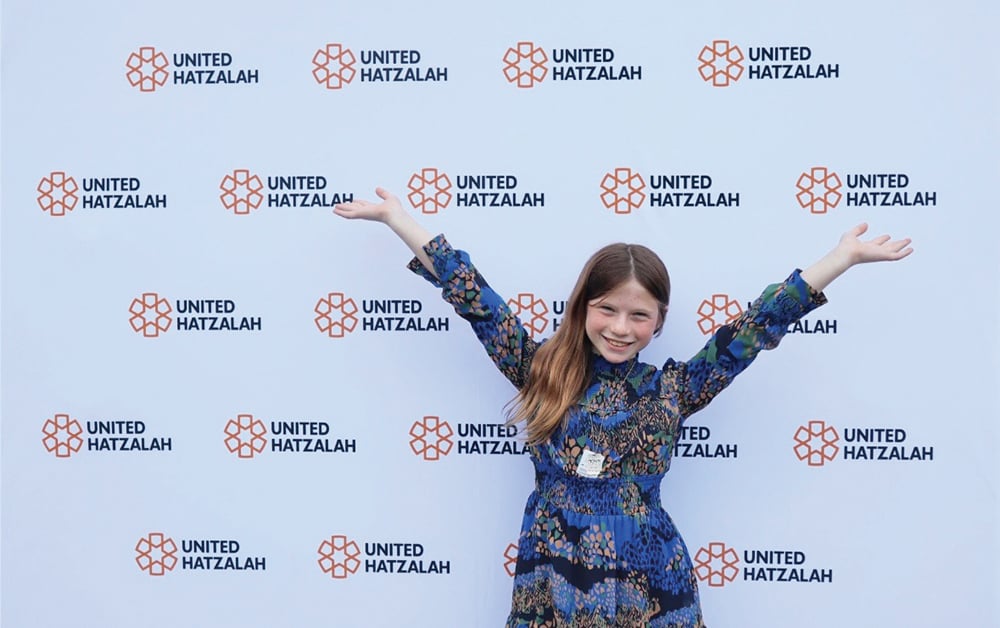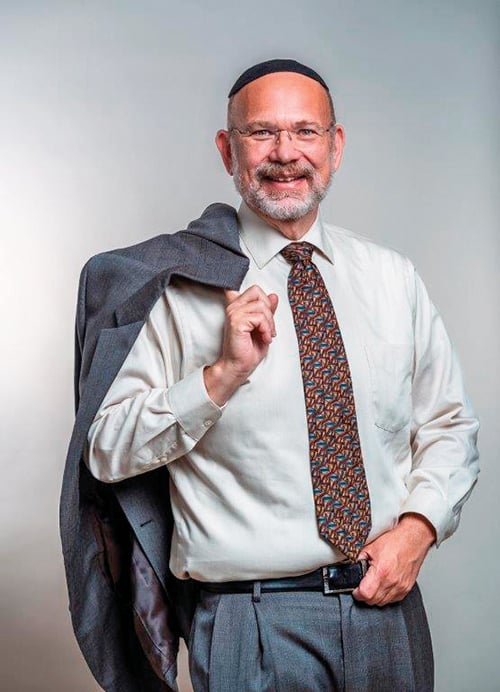This article was previously published by the Times of Israel and is reprinted with permission of the author.
The Great Wall of China embraced a nation.
The Berlin Wall divided a nation.
The Western Wall has the potential to do either.
Jews from around the world have been dreaming of Jerusalem for thousands of years, not because of the city per se, but because of the structure that stood at its summit and what that place still stands for. Although we are spiritual people, we value the physicality of things that unite us in time and space, things like the Beit HaMikdash, the Holy Temple, represented today by the remnant Kotel at its base. We are the descendants of the people who walked there. Our footprints surround it. Our collective DNA is embedded in the stones.
But the Kotel, which animates our longing to be physically present with one another, is in danger of dividing us.
When the words “Har haBayit b’yadaynu!—the Temple Mount is in our hands!” reverberated around the world in 1967, nearly every Jewish heart starting to beat faster. The force field that barred us from the soul of Jerusalem dissolved and the Kotel’s magnetic pulse drew us in again, and we returned. We all returned.
That powerful attraction was neither natural nor miraculous. We nurtured that connection as a People for millennia, meticulously designing and infusing the yearning to return in our prayers, in our rituals of remembrance, and in our physical stance always pivoting towards Jerusalem.
Now here we are, 50 years after our return, with some Jews standing in the way of other Jews who wish to celebrate their Judaism in the same place their ancestors did. The tug of the Kotel that attracted global Jewry turned into a tug of war over access to the Kotel itself.
Representatives of all Jewish religious streams and the government of Israel reached a compromise agreement in 2016 to expand the space at the Kotel, allowing for different expressions of Jewish prayer separated from the traditional space. The implementation of the agreement was suspended again just weeks ago, and again because of intimidation by Jews who are opposed to nontraditional prayer at the Kotel.
Why would any Jew stand in the way of another Jew who wants to pray to the same God, sing the same songs, dance with the same Torah, or meditate in a holy space that is at once the most public Jewish place, and the most intimate? Why would any Jew prevent the Jewish People from returning to the singularity we enjoyed before the Big Bang of Jewish history flung us to the far corners of the earth?
By erecting verbal, physical and political barriers that turn Jews away, the pull of the Kotel dissipates. The self-appointed guardians of the Kotel are sapping its strength and diminishing the attraction that Jews around the world now and forever might have with it. If they continue to blockade the Kotel and block implementation of the agreement, they will bear the blame for damping down the Jewish desire to be drawn to Jerusalem that 2,000 years of Diaspora distance failed to do.
A 2017 survey by the Jewish People Policy Institute found that 12% of Israeli Jews feel only somewhat connected to the Kotel and an additional 13% feel no connection at all. A quarter of Israeli Jews have already turned away from the Kotel. Do we need to wait for a longitudinal study to recognize a new wall rising that will forever shadow our collective gaze towards Tzion?
I am not a rabbi to make a halachic argument for opening wide the gates to diverse prayer experiences at the Kotel. I am not a historian to cite precedent as to how Jews prayed there before. I am not a politician to pour fuel on the rhetorical fire with debate. I am a Jew who tries his best to fulfill mitzvot in the Orthodox tradition. I am a Jew who cares deeply about other Jews, and as I look at the Jewish community around me and around the world, I see that the deeper danger, the threat that is greater than nontraditional worship at the Kotel, is that as more and more Jews are pushed further and further away, the Kotel will soon become irrelevant to most of the Jews in the world.
That prospect makes me terribly sad. I believe that my Orthodox sisters and brothers would feel the same. For centuries we’ve taken an iota of solace on Tisha B’Av that although our Temple was destroyed, our People were not. The opposite scary scenario may be upon us. The Kotel will endure, but the People will be gone. If you are not a Jew who would be moved to tear kriah for our People ripped apart, then who are you?
I appeal to those who physically or politically stand in the way of Jews uniting with one another at the Kotel to move aside. If you cannot abide to mingle your voices in prayer with Jews who connect with the Divine in ways that are different than yours, let them be. You need not open your heart to all Jews. The Kotel can do that.
Robert Lichtman lives in West Orange and is a Jewish communal professional with deep experiences in Israel-Diaspora relations, as well as Jewish education and identity development. He is the Chief Jewish Learning Officer of the Jewish Federation of Greater MetroWest.













